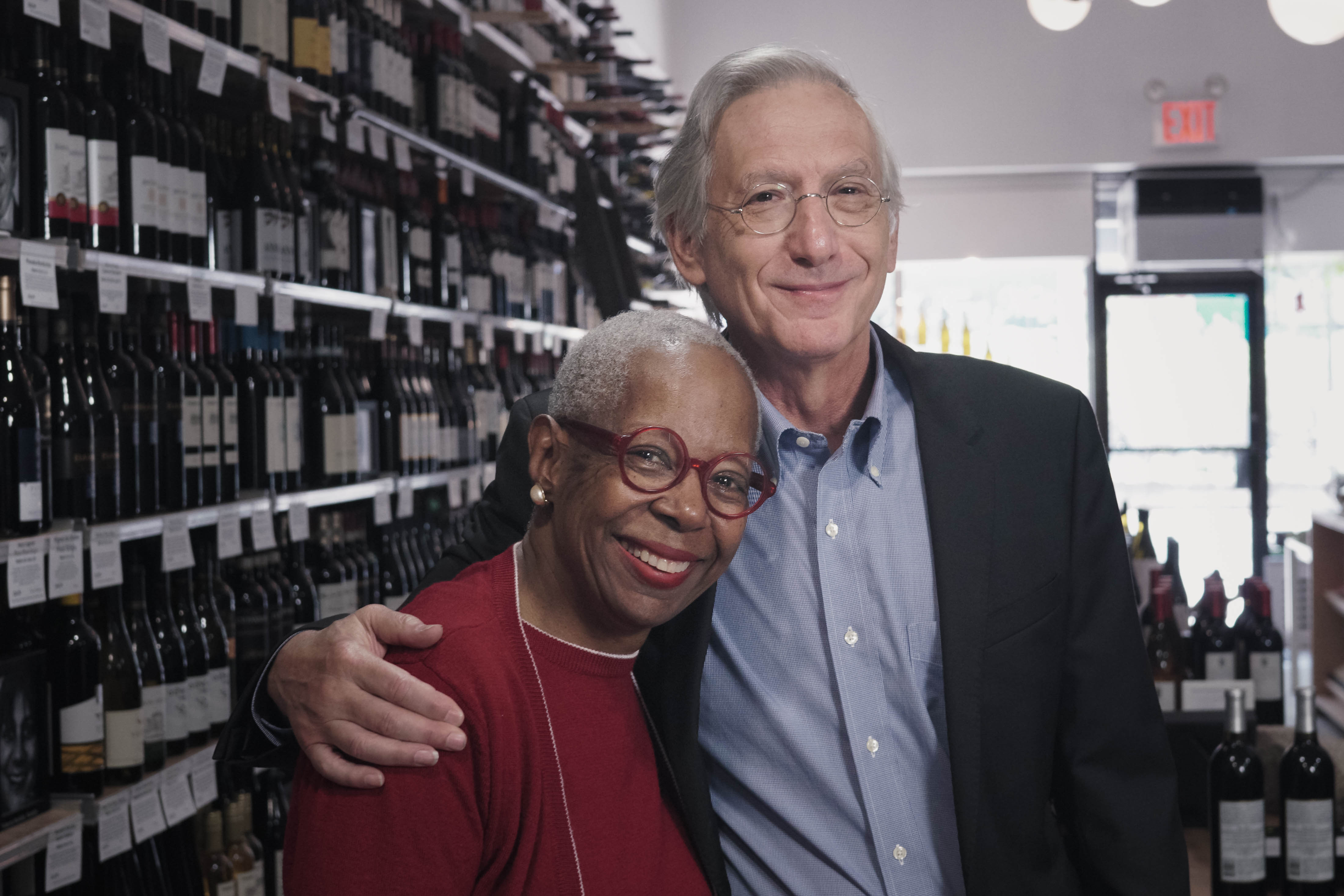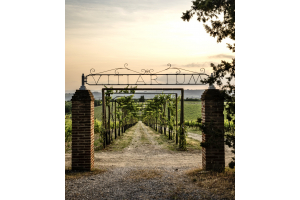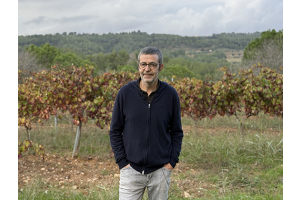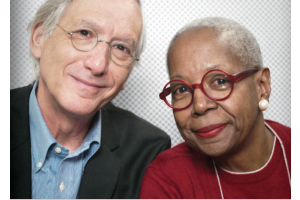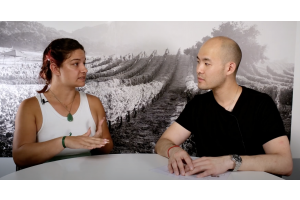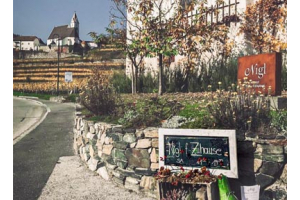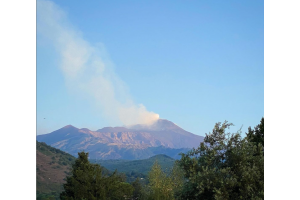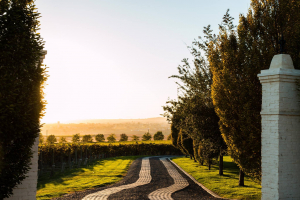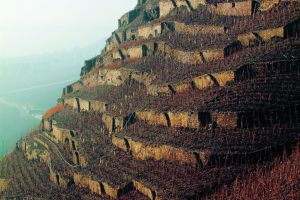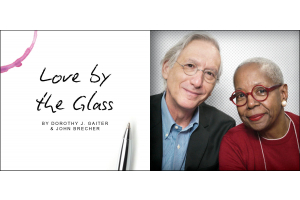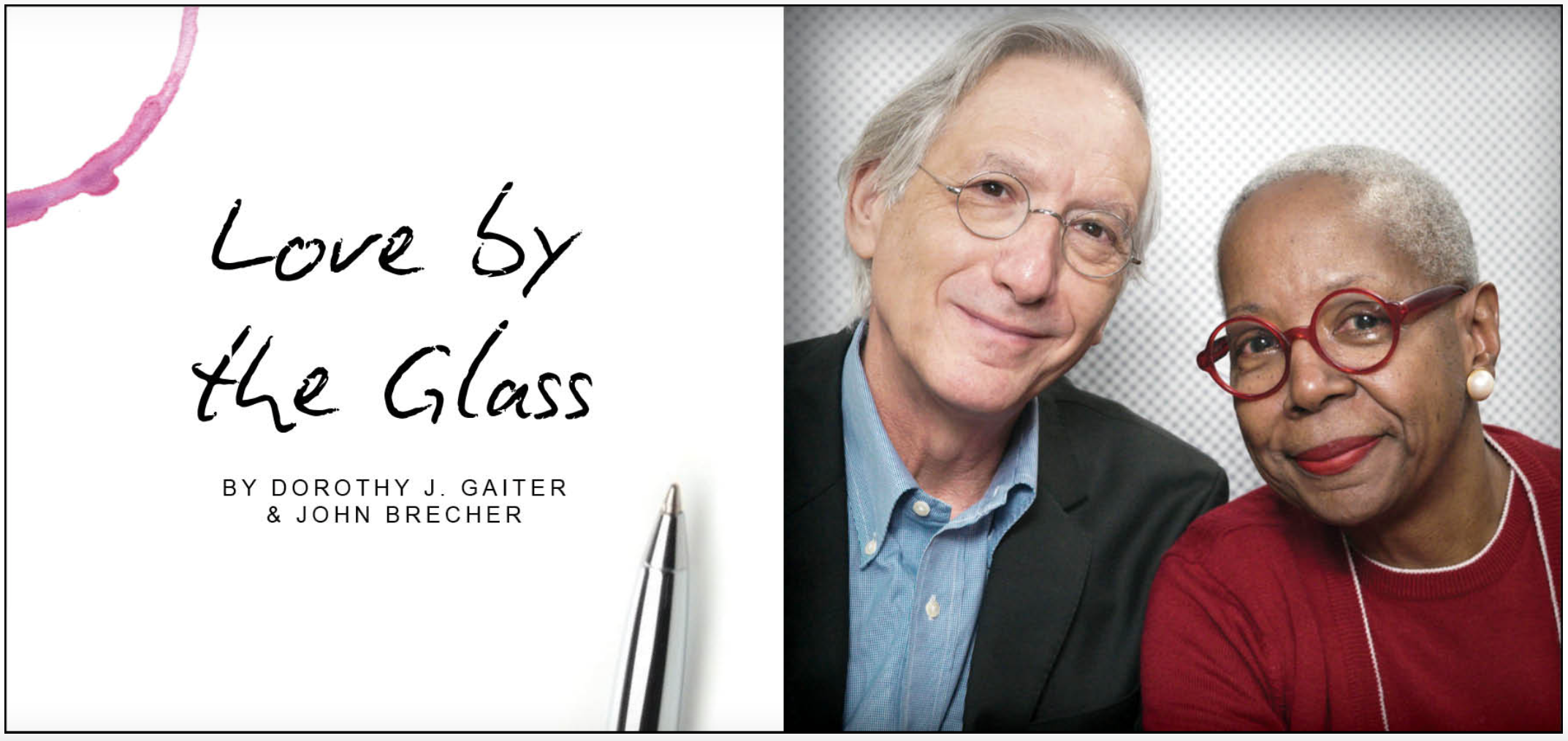
Around this time of year, we cheer “Out with the old and in with the new!” If that’s a sentiment we truly embrace, why do we celebrate with the same old Champagne? Look, we understand: The holidays don’t seem like a good time to take a risk. So too often for our special bubbly -- the one we share and care about -- we end up spending around $70 on a reliable, well-known label. Sometimes sameness can be comforting.
However, given the current zeitgeist --this is unquestionably a time of significant change -- perhaps this year is the perfect time to upend expectations, to do something different, to spend that money on a wine that will start the year off fresh. Yes, try a wine that you will look back on and say, “I remember the first time I had this. It was the holidays in 2024….”
This doesn’t necessarily require a deep search and a master sommelier. For example, if you don’t usually drink rosé bubbly for the holidays, how about a pink? Lanson Rosé “Le Rose” Brut is widely available, lovely and quite romantic ($85). We’ve been drinking this for some time and this bottle was sent to us as a sample. The fruity nose reminded us of the pink hibiscus in our back yard in Coral Gables, where we enjoyed many memorable bottles. The long finish had hints of tangerines and other tropical fruits. All of that made us smile. It’s also excellent with food in case you are having dinner or hors d’oeuvres with your celebration.
Some other bubblies we would like you to consider will require a bit more of a hunt, but that will make them sweeter (although they are all dry). They come from three different parts of the world, proving once again that we are living in a golden age of bubbly, from Prosecco to Cava, from California to Virginia and beyond.
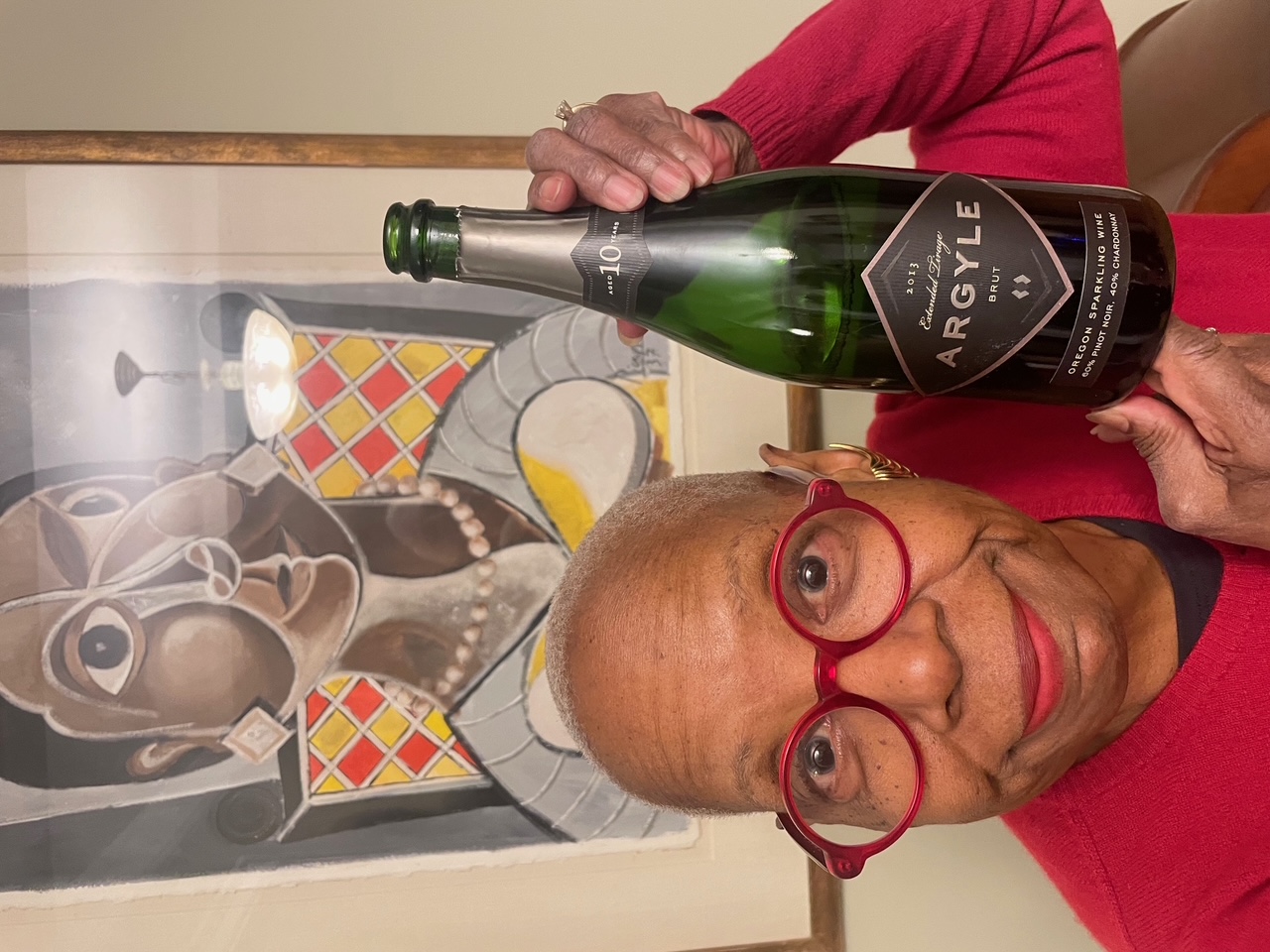 Consider Oregon. One of the pioneers of Oregon wine is Rollin Soles, who co-founded Argyle Winery and is especially known for his sparklers. According to the winery, in the late 1980s, the famous vintner of Bollinger suggested to Soles that he hold back some of his traditionally made bubbly every year to make an extended tirage wine, one kept on its lees for a long time, in this case 10 years. This hits some bells for us. In 1979, our tasting buddy Bob told us that we simply had to try something called Bollinger R.D. With some difficulty (and cost), we found a bottle of the 1970, which said on the back: “Having ‘matured on its lees’ in the Bollinger caves undisturbed, the bouquet and character of R.D. have developed to perfection.” That bottle of recently disgorged, aged Champagne, so rich and profound, changed our understanding and appreciation of Champagne. (The year 1979 was memorable for other reasons, too. We got married that year, after John proposed with 1974 Louis Roederer Cristal Champagne.)
Consider Oregon. One of the pioneers of Oregon wine is Rollin Soles, who co-founded Argyle Winery and is especially known for his sparklers. According to the winery, in the late 1980s, the famous vintner of Bollinger suggested to Soles that he hold back some of his traditionally made bubbly every year to make an extended tirage wine, one kept on its lees for a long time, in this case 10 years. This hits some bells for us. In 1979, our tasting buddy Bob told us that we simply had to try something called Bollinger R.D. With some difficulty (and cost), we found a bottle of the 1970, which said on the back: “Having ‘matured on its lees’ in the Bollinger caves undisturbed, the bouquet and character of R.D. have developed to perfection.” That bottle of recently disgorged, aged Champagne, so rich and profound, changed our understanding and appreciation of Champagne. (The year 1979 was memorable for other reasons, too. We got married that year, after John proposed with 1974 Louis Roederer Cristal Champagne.)
Soles sold Argyle Winery years ago, but kept an active role until 2013. Argyle has recently released the 2013 Extended Tirage Brut. It’s 60% Pinot Noir and 40% Chardonnay and a real charmer. It’s about $85 and as our friend Bob would say, you really need to try this. It looks and smells rich. Just from looking and sniffing, Dottie called it “languid.” We don’t usually go for wine metaphors, but the bubbles really did seem like a lazy creek in the South, where we both grew up. The taste was yeasty and rich, and the deep, golden color certainly helped nudge us into the realm of luxury. “You don’t want to just pop this and celebrate. You want to let it envelop you,” we wrote in our notes.
The winemaker, Nate Klostermann, has talked about how age adds texture. We agree. It wasn’t just that the wine gained depth and a certain sense of profoundness, though that was certainly true. It’s as though the age concentrated the flavors so that every sip registered like a tiny, beneficial explosion — popped -- and not just from the bubbles. We ultimately called this wine “regal.” This was sent to us by the winery’s representative.
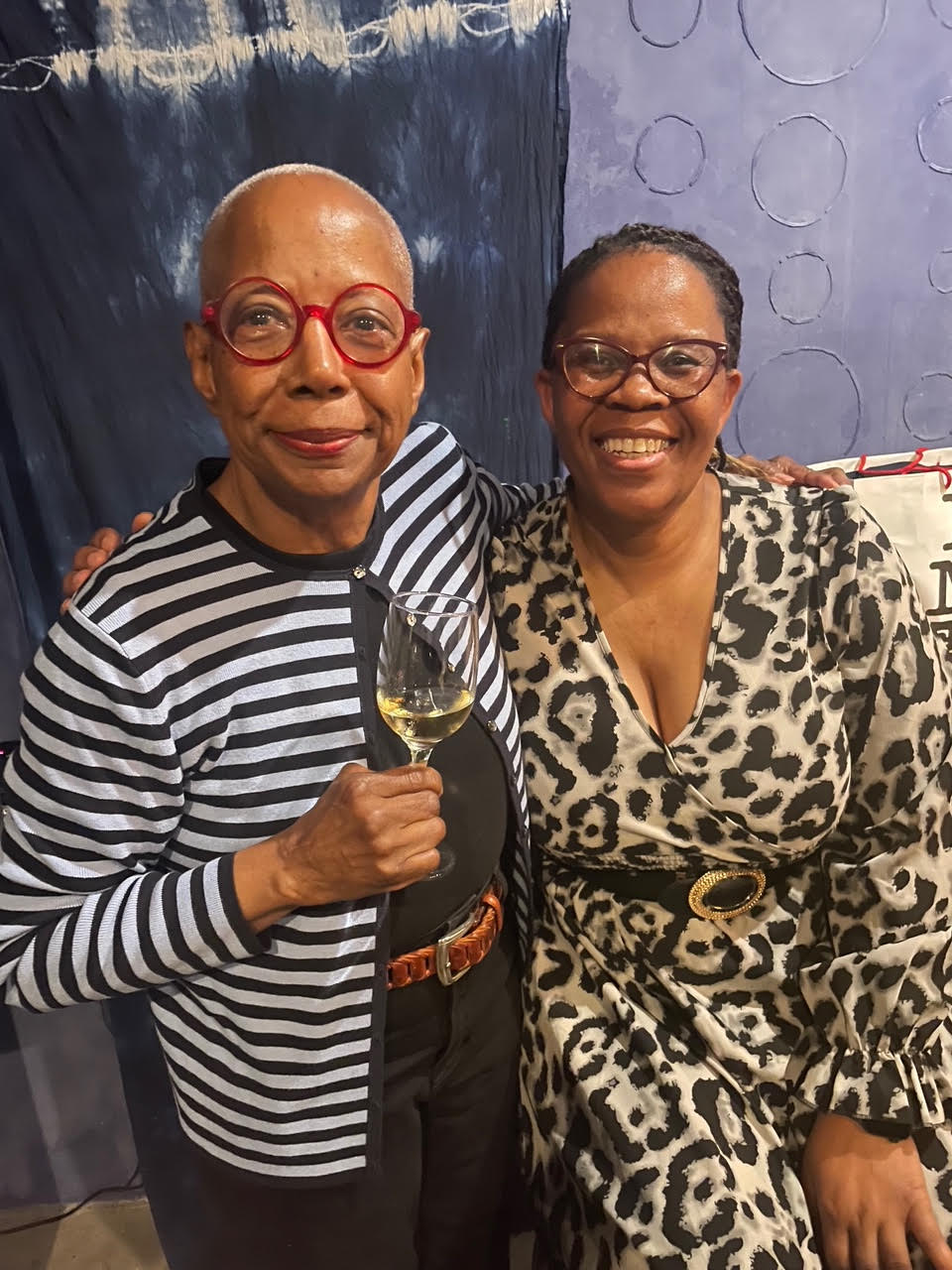 The evidence that great bubbly is coming from all over the world is symbolized by a wine called Aslina Cap Classique Brut, made by Ntsiki Biyela, the first Black woman winemaker in South Africa. After talking to her by phone for a few years, we first met Biyela in South Africa a couple of years ago and saw her again at a tasting at Harlem Wine Gallery in New York more recently. She told us that her bubbly, which is 100% Chardonnay, is called Ms MC because it is named for her mother. (Aslina is named after her grandmother.) Biyela does not make much of the traditionally made sparkler, but it’s available at some stores in the U.S. for about $70 (we bought it from three stores over the past few months).
The evidence that great bubbly is coming from all over the world is symbolized by a wine called Aslina Cap Classique Brut, made by Ntsiki Biyela, the first Black woman winemaker in South Africa. After talking to her by phone for a few years, we first met Biyela in South Africa a couple of years ago and saw her again at a tasting at Harlem Wine Gallery in New York more recently. She told us that her bubbly, which is 100% Chardonnay, is called Ms MC because it is named for her mother. (Aslina is named after her grandmother.) Biyela does not make much of the traditionally made sparkler, but it’s available at some stores in the U.S. for about $70 (we bought it from three stores over the past few months).
(Dottie with Ntsiki Biyela)
And wow. Just the appearance is stunning, with pinpoint bubbles that shoot to the top of the glass. The nose is intense with rich roasted lemons and almonds. It has the kind of grounding – yeast, minerals, slate – that we associate with Champagne with some age. It is elegant and classy, a bubbly that announces itself as something to be taken seriously.
This is a bubbly to share with your family, prodding you all to imagine more delicious days ahead.
All this said, if you still want to stick with classic Champagne, that’s easy to do and still stretch the bounds a bit. We have written for years about grower Champagnes, the ones with the little “RM” on the label, which stands for “récoltant manipulant.” That means that they are made by the growers of the grapes, most often small producers expressing their specific terroir unlike many large Champagne houses that use grapes from various sites. RMs are often very good deals because those producers want to create a market in the U.S. These are sometimes referred to as artisan Champagnes. We’re not listing any RMs here because they’re produced in such small quantities that it’s hard to know what you’ll find locally but do look for that notation. Every Champagne label has a code, a couple letters preceding some numbers. A CM is a cooperative’s Champagne, and an NM means it’s a négociant wine, a large wine merchant who buys fruit, juice or wine from others and then sells it under their brand. In the past, we’ve liked RMs like José Dhondt Blanc de Blancs and a some that have become quite famous, such as Egly-Ouriet and Pierre Peters.
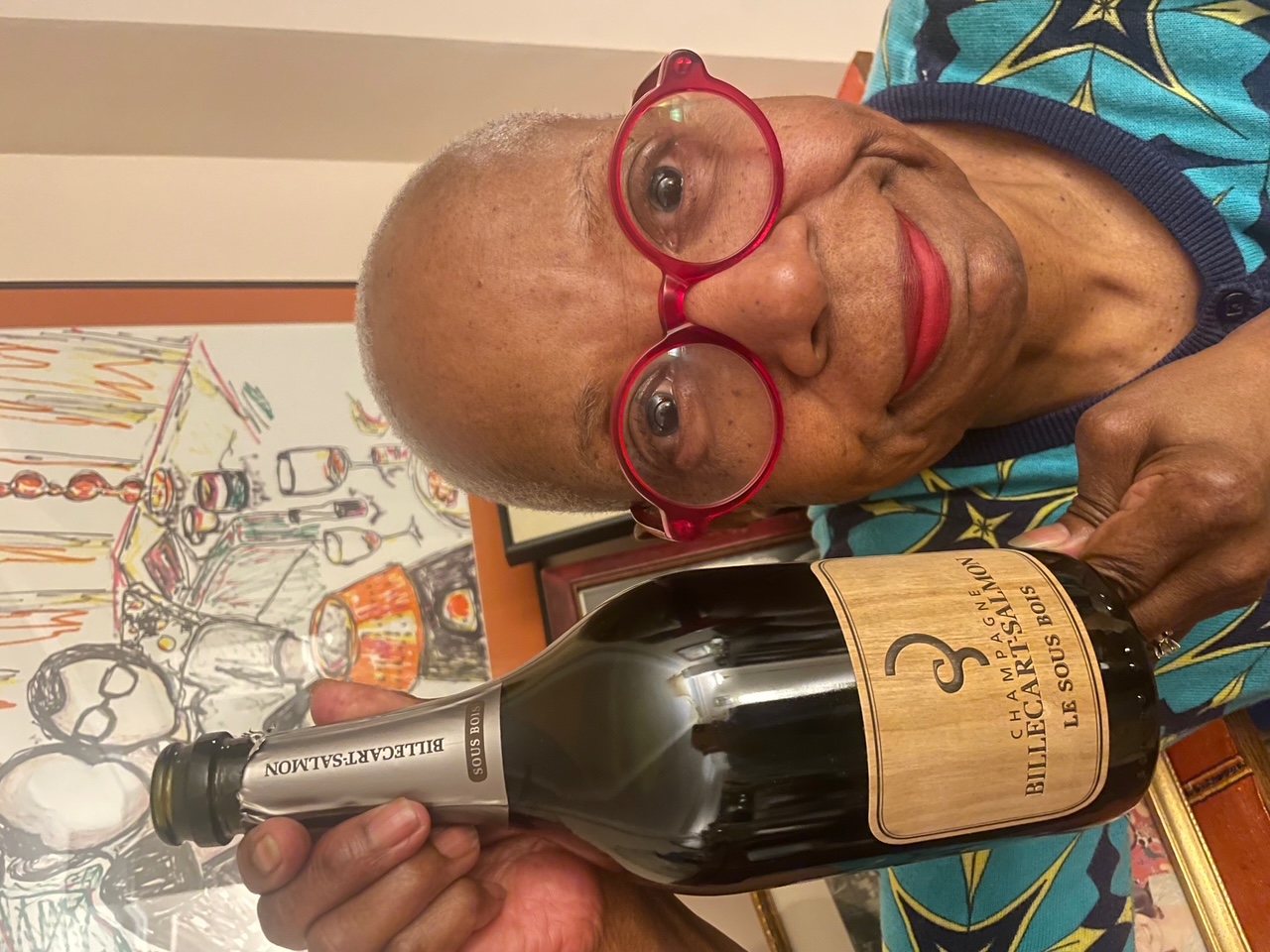 Big Champagne houses have the wherewithal to do some very interesting things, too, and that’s worth considering as an “in with the new” wine. Some have been family-run for many generations. Consider Billecart-Salmon “Le Sous Bois” Extra Brut. It’s 43% Chardonnay, 28% Pinot Noir and 29% Pinot Meunier and costs about $100. We have been drinking Billecart for a very, very long time, but we had not tried this until recently, when it was sent by a winery representative, and it is quite an experience and a particular taste. Earlier this year, we met Mathieu Roland-Billecart, CEO of the house that has been family-operated for about 200 years. The family owns one-third of the vineyards that produce grapes for its wines and buys the remaining fruit from growers who farm according to the family’s specifications.
Big Champagne houses have the wherewithal to do some very interesting things, too, and that’s worth considering as an “in with the new” wine. Some have been family-run for many generations. Consider Billecart-Salmon “Le Sous Bois” Extra Brut. It’s 43% Chardonnay, 28% Pinot Noir and 29% Pinot Meunier and costs about $100. We have been drinking Billecart for a very, very long time, but we had not tried this until recently, when it was sent by a winery representative, and it is quite an experience and a particular taste. Earlier this year, we met Mathieu Roland-Billecart, CEO of the house that has been family-operated for about 200 years. The family owns one-third of the vineyards that produce grapes for its wines and buys the remaining fruit from growers who farm according to the family’s specifications.
Unlike most Champagne, the “Le Sous Bois” Extra Brut is vinified in oak, not stainless steel, and also aged in wood. Its wood-like label is a nod to that. The result, as you can imagine, is a different texture and experience than many bubblies. There’s a savory quality that’s beguiling. We would never compare Champagne to a fine, oaky California Chardonnay, but if you do prefer a well-balanced, lightly oaky California Chardonnay, this might reel you in.
The bubbles are persistent and full. The taste is earthy and it has a toast-like finish, think warm brioche. There’s a tiny bit of pleasant creaminess that we’d guess is the oak. It’s a touch like dessert, not because it’s sweet but because it’s satisfying and nicely rich.
It’s different. And when it comes to your wine drinking, may your new year be ever-different.
Dorothy J. Gaiter and John Brecher conceived and wrote The Wall Street Journal's wine column, "Tastings," from 1998 to 2010. Dorothy and John have been tasting and studying wine since 1973. In 2020, the University of California at Davis added their papers to the Warren Winiarski Wine Writers Collection in its library, which also includes the work of Hugh Johnson and Jancis Robinson. Dottie has had a distinguished career in journalism as a reporter, editor, columnist and editorial writer at The Miami Herald, The New York Times, and at The Journal. John was Page One Editor of The Journal, City Editor of The Miami Herald and a senior editor at Bloomberg News. They are well-known from their books and many television appearances, especially on Martha Stewart's show, and as the creators of the annual, international "Open That Bottle Night" celebration of wine and friendship. The first bottle they shared was André Cold Duck. They have two daughters.
